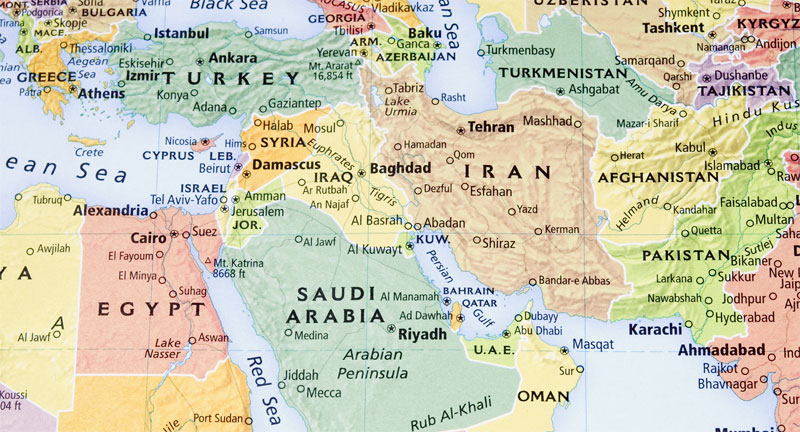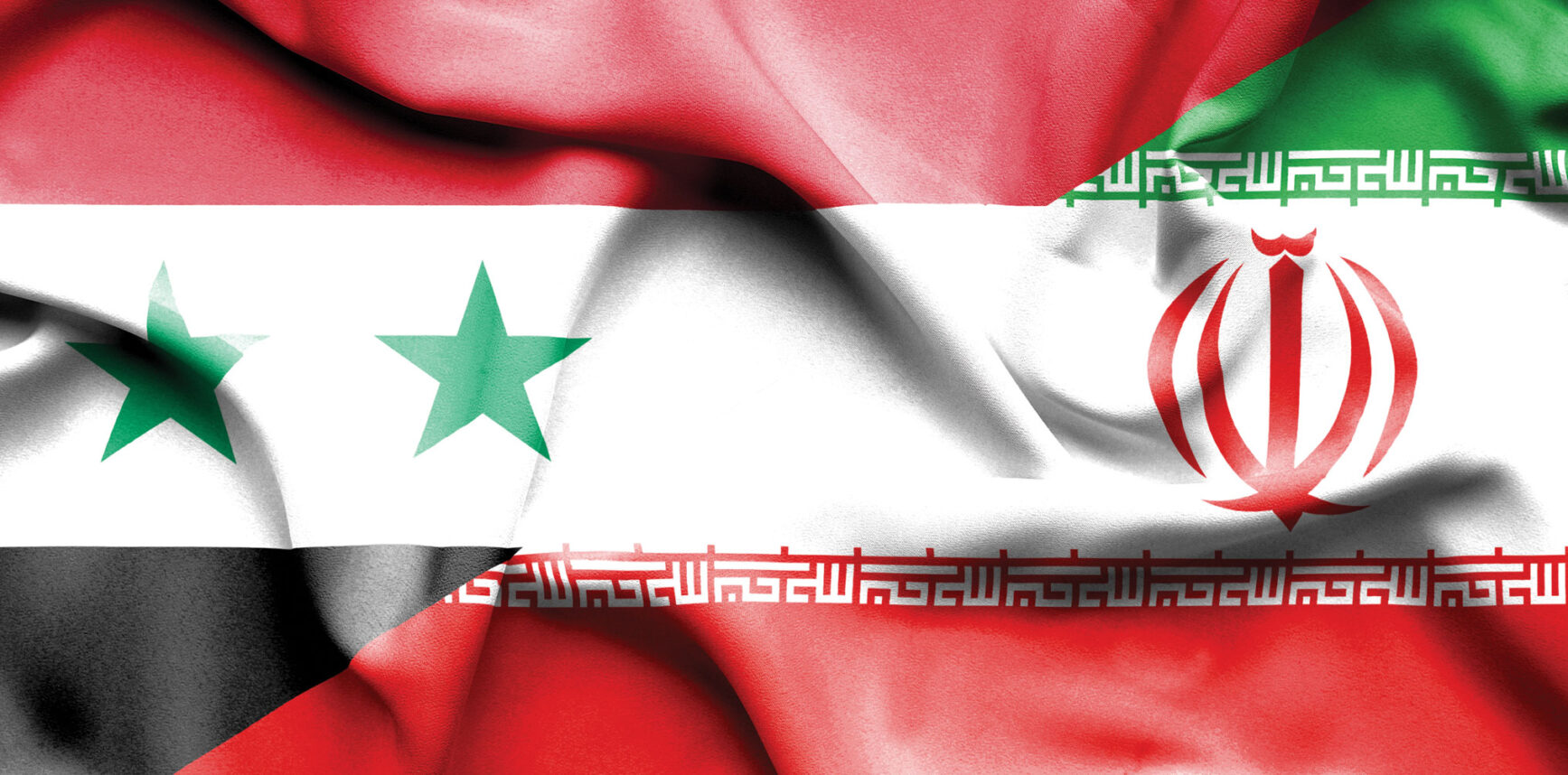The last time you bit into a falafel sandwich you were probably thinking about nothing more than the warm spice and crunch of the chickpea fritters and the way they played against the soft bread, crisp vegetables and nutty tahini sauce.
Unless you’re Palestinian, in which case you may have had weightier culinary issues on your mind.
Many Palestinians believe that Israelis have stolen falafel, a traditional Arab food, and passed it off as what postcards at tourist kiosks all over Israel call "Israel’s National Snack."
"We always sort of look at each other and roll our eyeballs when we pass a restaurant that says ‘Israeli falafel,’" said Rashid Khalidi, a Palestinian American and a professor of Middle Eastern history at the University of Chicago.
Some do more than roll eyeballs. Aziz Shihab, a Palestinian American and the author of the cookbook, "A Taste of Palestine," once picked an argument with the owners of an Israeli restaurant in Dallas that served falafel. "This is my mother’s food," he said. "This is my grandfather’s food. What do you mean you’re serving it as your food?"
It’s nice to think that sharing a cherished food brings enemies together, easing tension and misunderstanding. But the world’s rawest conflicts can include disagreements over common foodstuffs. Irish Catholics and Protestants have lightly bickered over whiskey. Turks and Greeks have feuded over coffee. And Jews and Arabs argue about falafel in a way that reflects the wider conflict, touching on debates over territory and history. "Food always migrates according to immigration and commerce," said Yael Raviv, an Israeli student at New York University who wrote her doctorate on Israeli nationalism and cuisine. "But because of the political situation, falafel has taken on enormous significance."
"Every Israeli tourist brochure has a shot of falafel," Raviv continued. "And every Israeli cookbook has a falafel recipe."
Jewish and Israeli attitudes toward the falafel debate range from defiance to ambivalence to outright shame — just as they do toward the conflict at large. Some Jews point out that no single group can own a method for frying a mush of legumes; they say that falafel is generically Middle Eastern, having originated in Egypt and found its way as far as Morocco and Saudi Arabia.
"Have we stolen pasta from the Italians?" asked Geoffrey Weill, who does public relations for Israel’s Ministry of Tourism. "What kind of nonsense is that?"
Hagay Nagar, the Israeli co-owner of Hoomoos Asli in New York, says that falafel is now "an international food, like a hamburger." (Nevertheless, his restaurant has an Arabic name: "Asli," a word adopted by Israeli slang, means "original" in Arabic.)
Some argue that there is some historical precedent. Joan Nathan, author of "The Foods of Israel Today," said: "Falafel is a biblical food. The ingredients are as old as you’re going to get. These are the foods of the land, and the land goes back to the Bible. There have been Jews and Arabs in the Middle East forever, and the idea that Jews stole it doesn’t hold any water."
Claudia Roden, born in Egypt and the author of "The Book of Jewish Food," confirmed that while falafel was never specifically a Jewish dish, it was certainly eaten by Jews in Egypt and Syria.
Other Jews and Israelis are less comfortable with the Israelization of falafel. Take Orna Agmon, a co-owner of the Falafel Queens, a set of upscale falafel restaurants in Israel. Agmon and her business partner, Ella Shein, were so ambivalent about the issue, she said, that "it took us many years to actually have the courage to open a falafel restaurant — we were afraid this act would be misunderstood."
Agmon and Shein polished their falafel-making skills under the tutelage of Palestinian women, she said, "who make the best falafel you can imagine," and who volunteered their knowledge without asking for compensation. "It was three years ago; it was a different period," Agmon said, referring to the relative calm that preceded the current violence. "It is still something that’s hard for us to think about now."
As surprising as it may sound, given the bloodiness and acrimony of the Israeli-Palestinian conflict, Zionism has always been perfumed by a whiff of romance with Arab culture. The Eastern European Jews who flocked to Palestine in the late 19th and early 20th centuries rejected their Continental pasts in favor of a return to their ancient roots. "The Jewish settlers were looking for new ways to connect with their biblical pasts," Raviv said, "and Arabs were the perfect role models."
Some Jewish settlers in Palestine referred to themselves as "Hebrew Bedouins" and donned kaffiyehs (Arab headdresses). "Politically, the Zionists ignored the Arabs, but culturally, they romanticized and tried to imitate them," said Yael Zerubavel, a scholar of Israeli culture at Rutgers. This imitation didn’t seem like theft, Zerubavel said, "but localization, a process of putting roots in soil."
The newly arrived Jews needed a cuisine to suit their new identities and surroundings. "Their native food was inappropriate for the weather and the produce," Roden said. Not surprisingly, they were enchanted by the smoky eggplant dips, rustic breads and aromatic spice mixtures of Palestinian cuisine. As Najwa al-Qattan, a Palestinian American and a professor of Middle Eastern history at Loyola Marymount University in Los Angeles, put it, "If you were given the choice between falafel and gefilte fish, which would you choose?"
These Zionists, by and large socialists, loved humble street foods like falafel, Roden said. They showed little interest in the primary jewels of Palestinian cuisine, like musakhan, a sumptuous ovenful of chicken, onions, sumac and pine nuts layered with fresh bread. Still, it wasn’t until hundreds of thousands of Jews from Arab countries immigrated to Israel in the 1950s that falafel truly became an Israeli emblem.
"And We Have Falafel," a popular Israeli song written in 1958, included such lyrics as: "It used to be when a Jew came to Israel he kissed the ground and gave thanks/Now as soon as he gets off the plane he has a falafel." It also has the line "only we have falafel," adding "because this is the national food of Israel."
In particular, Jews from Yemen got into the falafel business, opening up concession stands. These immigrants, Zerubavel said, "made it possible to incorporate elements like falafel without referring to them as Palestinian." Raviv of New York University added that falafel’s lack of history as a specifically Jewish food speeded its adoption in the Jewish state, whose diverse residents could unite around a local dish that would be, she said, "valid to everyone."
Agmon compared falafel’s history to that of the sabra, the local prickly fruit that Palestinians ate for centuries before Israelis started using the word as a nickname for a native-born Israeli. Similarly, Ammiel Alcalay, a Jewish professor of Middle Eastern culture at Queens College, believes that "it’s total appropriation, and that it’s linked to very concrete things like land and sustenance." Alcalay said that Israelis have claimed falafel in the same way that they have Jaffa oranges and the spice mixture zaatar. (Zaatar usually consists of some combination of wild oregano, thyme, sumac and sesame seeds.)
But with time, Israelis have become quicker to acknowledge falafel’s provenance. Throughout the mid-1990s, during the shaky peace, Israeli tourists flocked to Jordan, and then to Palestinian villages inside Israel. Dan Almagor, who wrote the lyrics to "And We Have Falafel," said he would write the same song today — but with a line about the dish’s Arab origins.
And the falafel itself keeps changing. The original Egyptian dish was made with fava beans; as falafel moved northward, cooks substituted chickpeas. Until recently, Israel’s most notable contribution to its evolution has been to cram novel accompaniments, from shredded beets to French fries, into falafel sandwiches.
But the Falafel Queens have developed two new varieties: red falafel (flavored with jalapeños and served with roasted peppers, tomatoes and spicy yogurt sauce) and orange falafel (made with sweet potatoes and accompanied by cabbage, honey and ginger tahini). "Israelis love to think that falafel is their own," Agmon said. "But it’s something we adopted. For me, falafel is an Arab food with a long history and amazing versatility, to which we tried to contribute a new variation."
And perhaps Palestinians will grow more tolerant of Israeli enthusiasm for falafel. Shihab, who once quibbled with Jewish restaurateurs over it, claimed that his views have softened. "It’s a regional food, not a people food," he said. "The more I think and the more I pray for peace, the more I think it’s a silly argument."
Falafel
Time: 1 hour 15 minutes, plus 24 hours for refrigerating chickpeas
11¼ cups dried chickpeas
1¼ cup bulgur wheat
2 cloves garlic, peeled and chopped
4 scallions, roughly chopped
3 tablespoons chopped flat-leaf parsley
1 teaspoon ground coriander
1 teaspoon ground cumin
1¼ teaspoon cayenne pepper
1 tablespoon lemon juice
11¼ teaspoons salt
1¼ teaspoon baking soda
Freshly ground black pepper
Vegetable oil, for deep frying.
1. Place chickpeas in a large bowl and cover with cold water. Refrigerate for 24 hours.
2. Rinse bulgur in a fine-meshed sieve and transfer to a bowl. Cover and let stand for 20 minutes.
3. Drain chickpeas. In a food processor, combine chickpeas, bulgur, garlic, scallions and parsley. Add coriander, cumin, cayenne, lemon juice, salt and baking soda. Season with black pepper to taste. Process until ground to a coarse paste-like consistency. Cover and let stand for 30 minutes.
4. With moistened hands, shape rounded tablespoons of the mixture into meatball-size balls. Heat oil for deep frying to 375 F, or until a cube of bread turns golden in one minute. Deep-fry six or seven falafel at a time, turning to brown evenly, about five minutes. (To check if falafel is cooked, cut one in half. The color should be even through to the middle. If not even, increase cooking time by one minute.) Drain on paper towels.
Yield: About 30 fritters.






















 More news and opinions than at a Shabbat dinner, right in your inbox.
More news and opinions than at a Shabbat dinner, right in your inbox.